HotSpots H2O: Caribbean Prepares for Hurricane Season That Is Colliding with the Pandemic
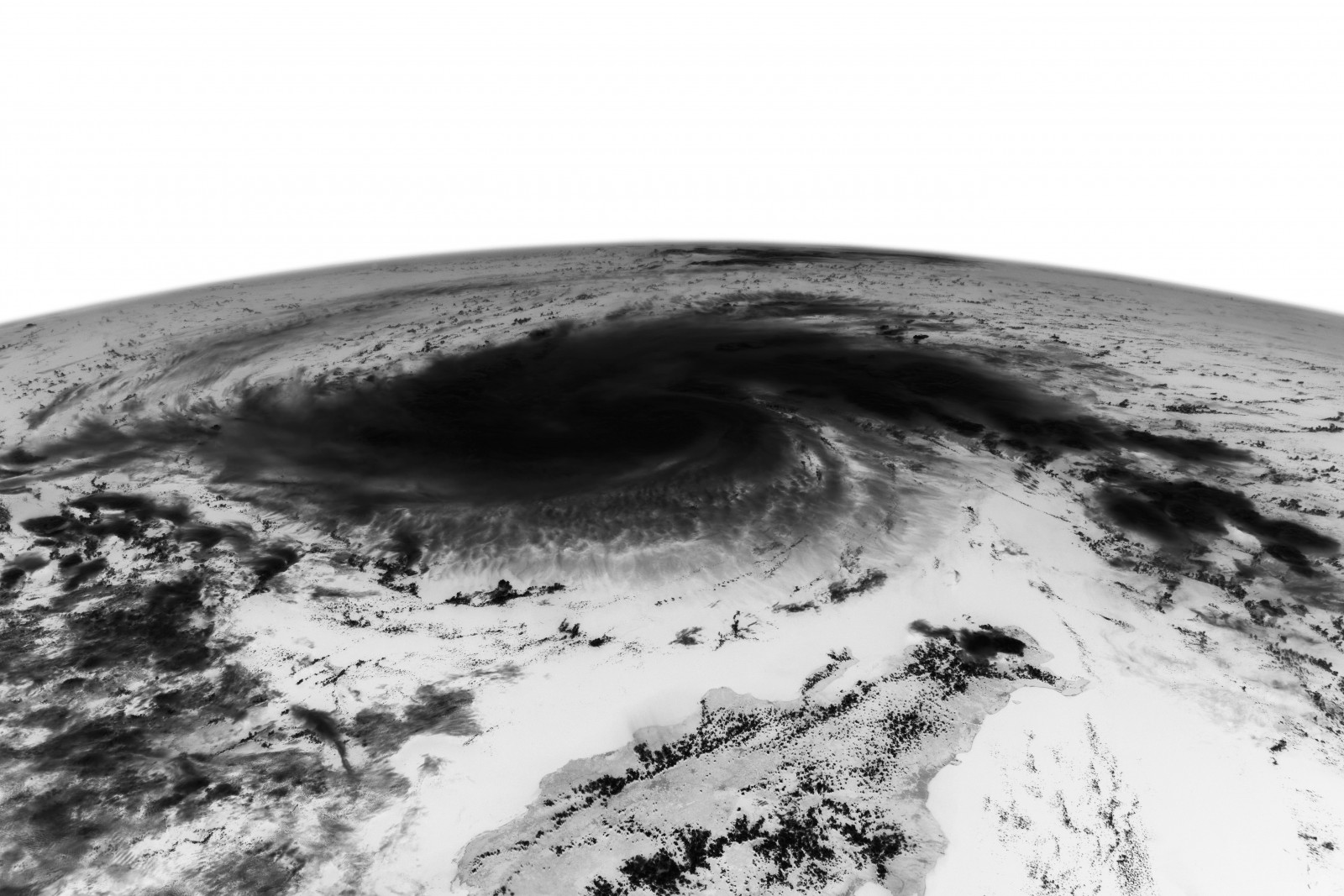
Image of Hurricane Dorian. The Category 5 Atlantic hurricane struck the Bahamas in 2019. © Stuart Rankin
In the midst of the global pandemic, Caribbean countries are preparing for the brunt of an Atlantic hurricane season that is more menacing than usual.
Governments in the region are searching for ways to maintain safe evacuations while keeping the novel coronavirus from spreading in shelters that would typically be crowded with people riding out a storm. Displacement, damage to infrastructure, and a subsequent lack of services in coastal areas could impact those most vulnerable to Covid-19, according to UNICEF.
Bernt Aasen, UNICEF regional director for Latin America and the Caribbean, emphasized that in the coming weeks children and families will be hit simultaneously by two disasters. Every precaution must be taken to keep the virus in check and safeguard vulnerable people, both in preparation for the hurricanes and in their aftermath, he said. The two principles could come into conflict. Restrictions on movement and other pandemic policies could fall out of line as governments confront the immediate need to protect lives during a powerful storm.
Latin America and the Caribbean are among the most disaster-prone regions in the world. Hundreds of volunteers with the International Federation of Red Cross and Red Crescent Societies have been mobilized throughout the regions since May and to lead trainings for emergency response teams and shelter managers.
This hurricane season is one of the most active since U.S. government researchers began conducting forecasts over two decades ago. On average, two named storms — systems that reach wind speeds of 39 mph or greater — form by August, and the ninth storm doesn’t begin until October. Per season, there are normally around 12 named storms and three that reach major-hurricane status. This year, there have already been nine named storms. As many as 25 could form by the end of the season and six could be major hurricanes.
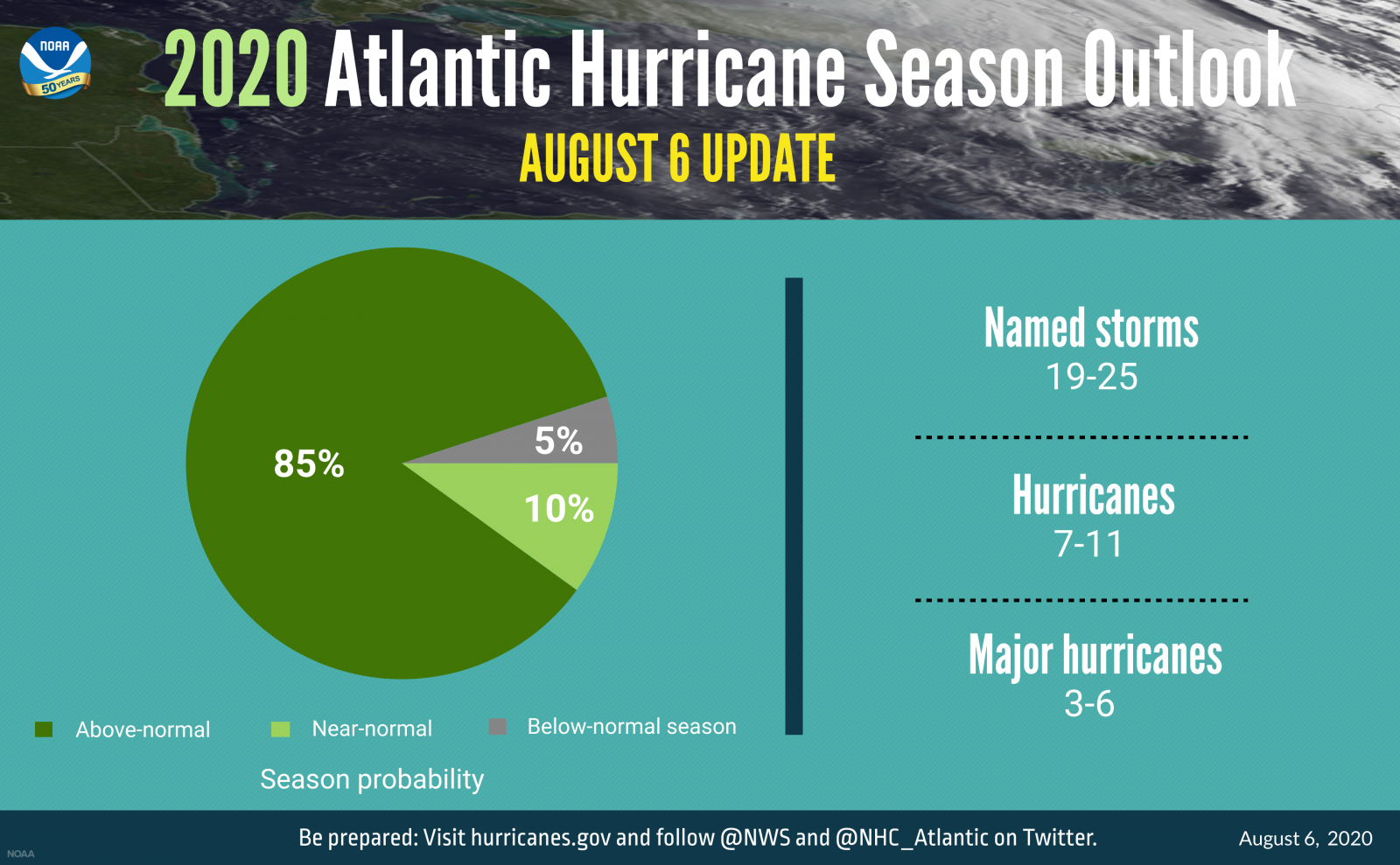
2020 Atlantic Hurricane Season Outlook © NOAA
In May, Tropical Storm Amanda hit areas in El Salvador, Guatemala, and Honduras. The storm caused flooding and landslides, and uprooted thousands of people from their homes. At least 33 people were killed. Most recently, some 5,000 people in the Dominican Republic evacuated their homes in early August during Tropical Storm Isaias. The United States experienced widespread damage as millions lost power.
Tropical Storm Josephine, the tenth named storm this season, is currently forming in the Atlantic, but is not expected to hit the Caribbean or the United States.
This extremely active weather is possible due to a combination of factors, according to NOAA: warmer-than-average sea surface temperatures in the Caribbean and the tropical Atlantic, as well as cooler-than-average temperatures in equatorial regions. These events are both linked to climate change.
“It is now more important than ever to stay informed with our forecasts, have a preparedness plan, and heed guidance from local emergency management officials,” said acting NOAA administrator Neil Jacobs.
Elena Bruess writes on the intersection of environment, health, and human rights for Circle of Blue and covers international conflict and water for Circle of Blue’s HotSpots H2O.

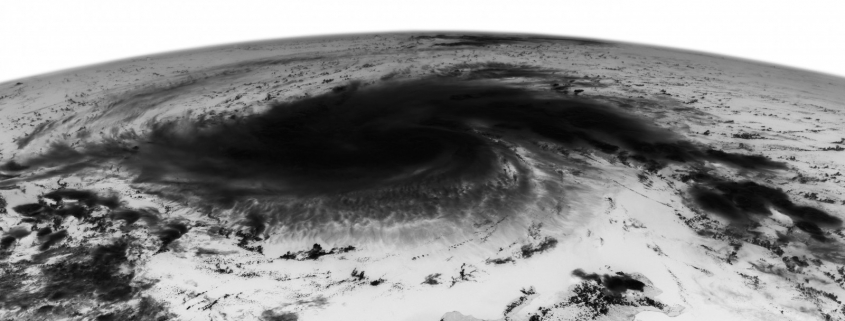

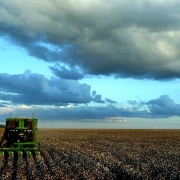
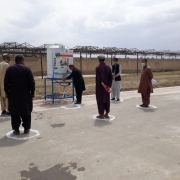

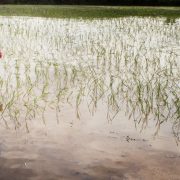

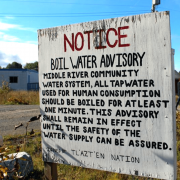


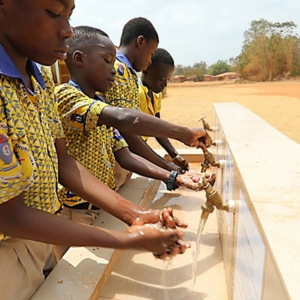
Leave a Reply
Want to join the discussion?Feel free to contribute!